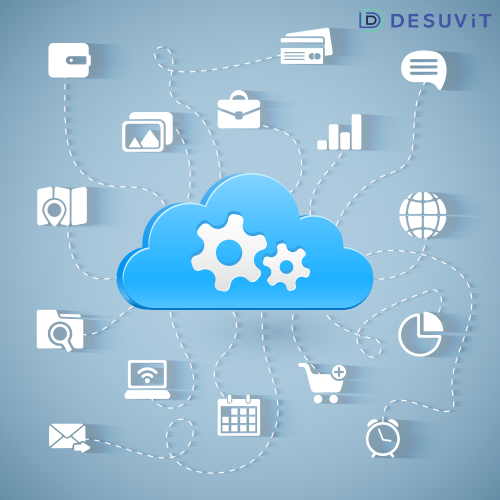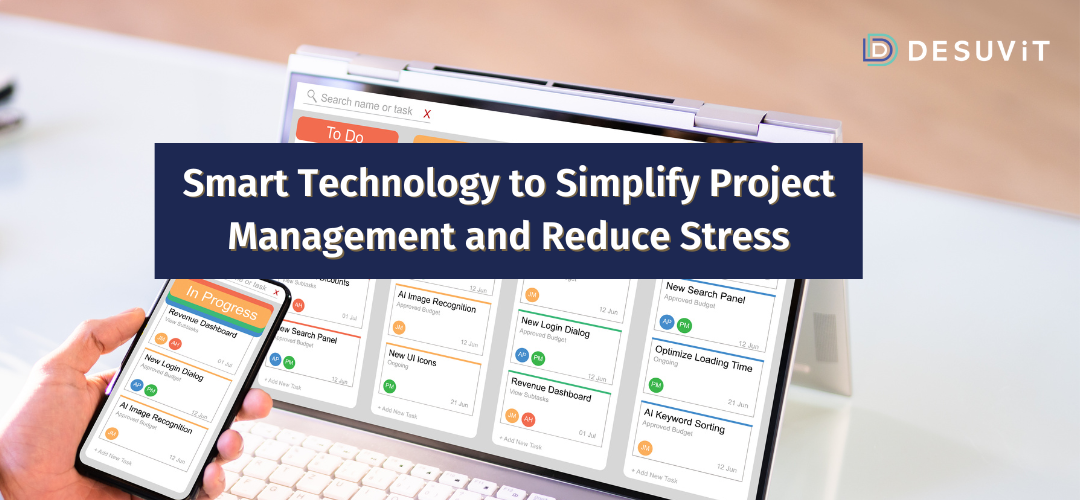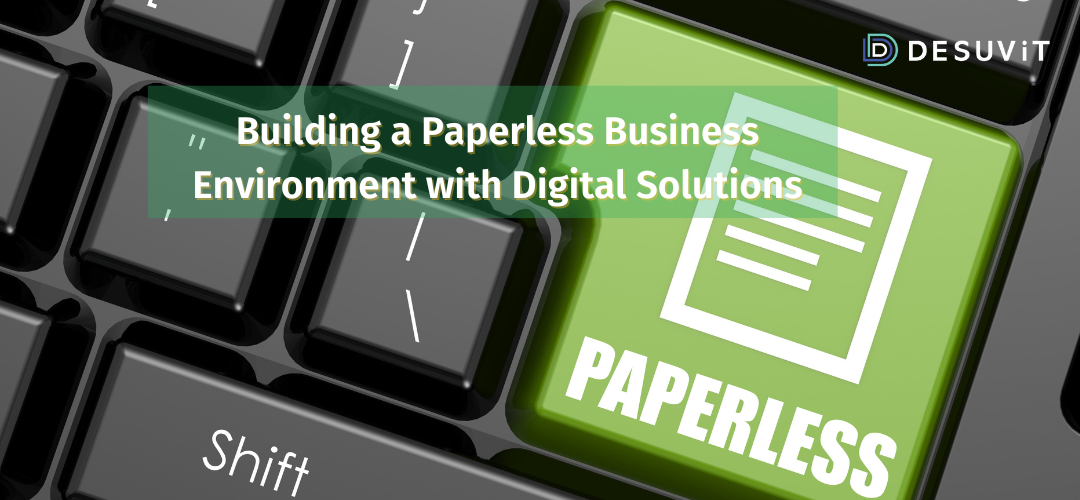In IT Industry, a Web Portal or Custom Solutions are products or services designed and built to a fully operational form such that it is ready to operate. Custom solutions can be time and cost-effective way to bring your idea to life or automate your business.While custom solutions give you flexibility, if done wrong can cost you dearly and can hinder your business growth. Here are 5 mistakes you should avoid when developing custom solutions:
1. Build vs Buy
Before deciding to build a Web Portal or Custom solution you should do some online research and analysis to find if there is already off-the-shelf solution which can meet your requirements. When trying to map your requirements with the features available in existing solution you should think both short term and long term. If time to market is one of the prioritized criteria (short term) then buying an existing solution that meets most of your criteria can be a good strategy.
One challenge with off-the-shelf product over long term can be that features required in later phases are not available in the product, or the product is not extensible enough to support developing such features. Look for extensibility points in the product, and how easy/difficult it is to extend in case the need be. This might not be too important in short term perspective, but for long term the product extensibility can be a major factor and can increase your total cost of ownership over longer term and might not even meet your requirements.
2. Minimum Viable Product (MVP)
A Minimum Viable Product or MVP is a product with enough features to attract early-adopter users and validate a product idea early in the product development cycle. In industries such as software, the MVP can help the product team receive user feedback as quickly as possible to iterate and improve the product.
Keeping the MVP thinking with the first version of the product/solution will ensure that you develop the software that matters (and eliminate waste) and keep the cost in control. If your time-to-market is a crucial factor in developing the solution, then it becomes extremely important that you focus on the features that are absolute must for the solution.
Minimum Viable Product consists of only the most important feature of your solution — nothing more, nothing less. MVP always saves resources such as time and money since you are testing the absolute core functionality of your solution.
3. Development Methodology
There are many methodologies today for developing software solutions, but one methodology which has been quite effective and proven is Agile Methodology. The methodology is focused on creating software that matters. It places customer (i.e. the user of the software) at the center, which then ensure that the software is developed in accordance and collaboration with the customer. This helps keep the software development in the right direction, eliminates waste and saves both time and money.
The Agile Manifesto is a declaration of the values and principles expressed in agile methodology. It is made up of four foundational values and 12 key principles. The first principle of Agile Manifesto is “Our highest priority is to satisfy the customer through early and continuous delivery of valuable software”
The two most important words in the first principle are “early” and “continuous”. Early delivery of the software ensures that one is building the software with the required intended features from the beginning. The cost of changing the software after delivery is normally quite be huge. Agile methodology fixes the issue by the “early delivery” guiding principle.
4. Think Cloud

Cloud computing has become the ideal way to deliver application and preferred solution for companies extending their infrastructure or launching new innovations. Below are few of the benefits Cloud provides for delivering IT solutions:
- Reduced IT costs
- Scalability
- Performance
- Reliability
- Disaster recovery
- Automatic Software Updates
- Sustainability
Cloud first thinking will give you an edge when developing the custom solutions. Cloud first thinking means that when you begin to design your system you are already thinking that the piece of software developed will be deployed to the cloud, which will then trigger the right questions in the design process to help you achieve your cloud first goal.
There are majorly three vendors today who are big in the market. Microsoft Azure, Amazon Web Services (AWS) and Google Cloud. Most of the cloud providers have support for the similar basic features and comparable pricing models. Depending on your use case you can pick one of these cloud providers. If your development platform is Microsoft based, then Azure cloud is by default the preferred choice as there are huge the eco-system services to make it easy for Microsoft developers.
5. Monitoring
How do you ensure that the system is stable and there are no bugs in the solution after it has been released? If you have a registration page and there are errors when the user registers, then the bug can cost you your potential user. But most importantly, the question is how many users will you lose before you find the problem? Monitoring your system is one of the most important things that is often ignored and added at the end. Do not do this mistake.
In 2016, the software failures cost the worldwide economy $1.1 trillion. These failures were found at 363 companies, affected 4.4 billion customers, and caused more than 315 years of time lost. Most of these incidents were avoidable, but the software was simply pushed to production without proper tests.

To illustrate: if a bug is found in the requirements-gathering phase, the cost could be $100. If the product owner does not find that bug until the QA testing phase, then the cost could be $1500. If it is not found until production, the cost could be $10,000. And if the bug is never found, it could be secretly costing the company money. A 2003 study commissioned by the Department of Commerce’s National Institute of Standards and Technology found that software bugs cost the US economy $59.5 billion annually.
Summing up
There are lots of factors to consider when developing custom or portal solution. Properly analyzing your options can give you better ROI with the chosen solutions. Contact us if you need help and guidance on deciding the right strategy.
At Desuvit, we have developed such custom solutions which will give your solution a kick start saving both time and money.
Reach out to us and let us kickstart your Custom software development journey. Let us build something exceptional, together!
Desuvit is a Norway-born software development company delivering Custom Software Development, Mobile Apps, and Web Applications Development for various verticals and business domains. We offer end-to-end solutions for companies with no software or IT division, Startups, and companies that need to scale their software development efforts but lack the expertise required. We help our clients in growing their businesses so we can grow with them. Some of the technologies we work with: .Net, Azure, Microservices, Azure functions(Serverless computing), React Native, Flutter, React JS, TypeScript, Angular, NServiceBus, Azure Service Bus, Azure Queues, SQL Service, MySQL, Cosmos DB, etc.
Enjoyed this article? Subscribe for more valuable and great content !
By subscribing, you agree with our privacy policy and our terms of service.





